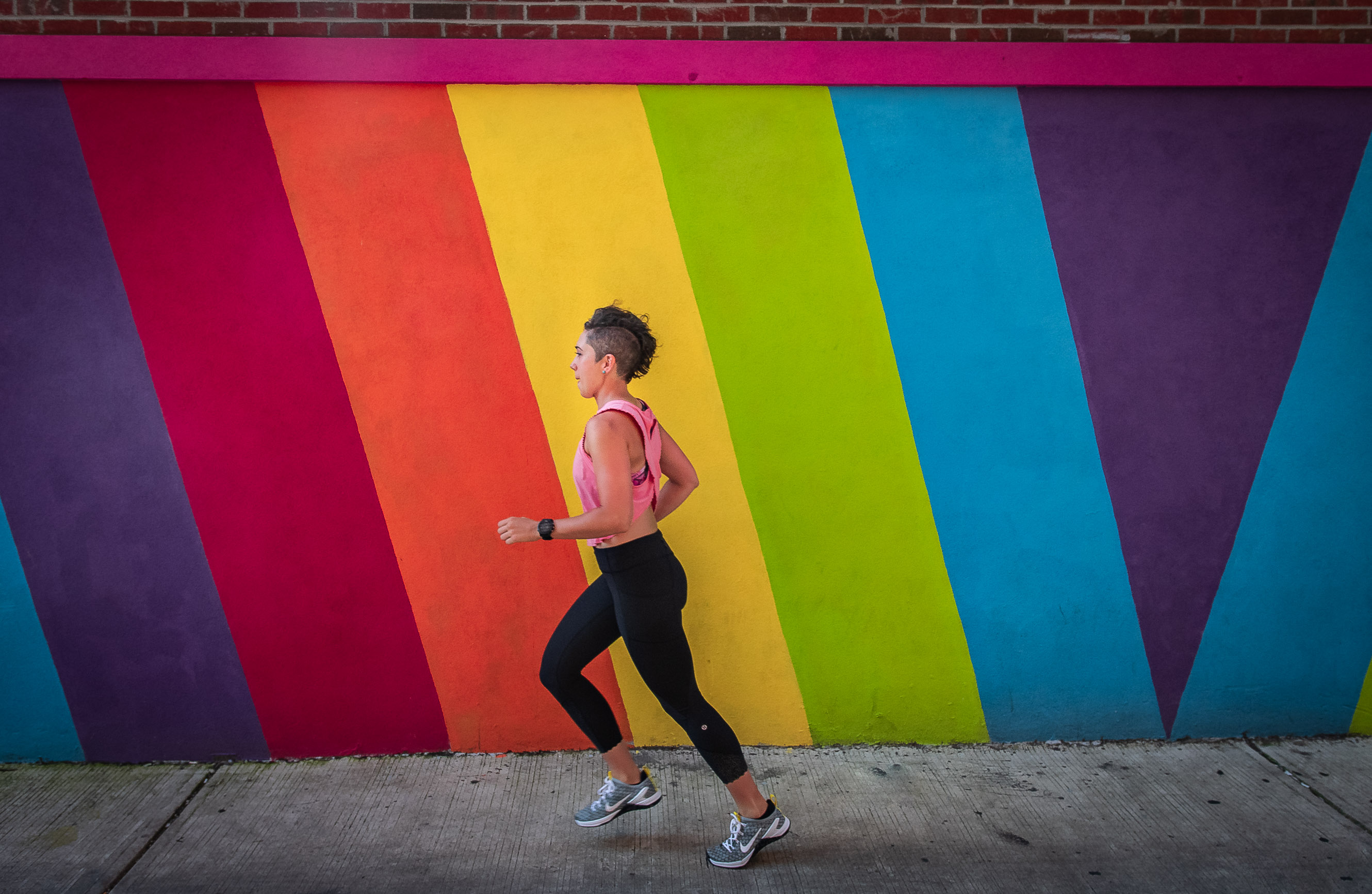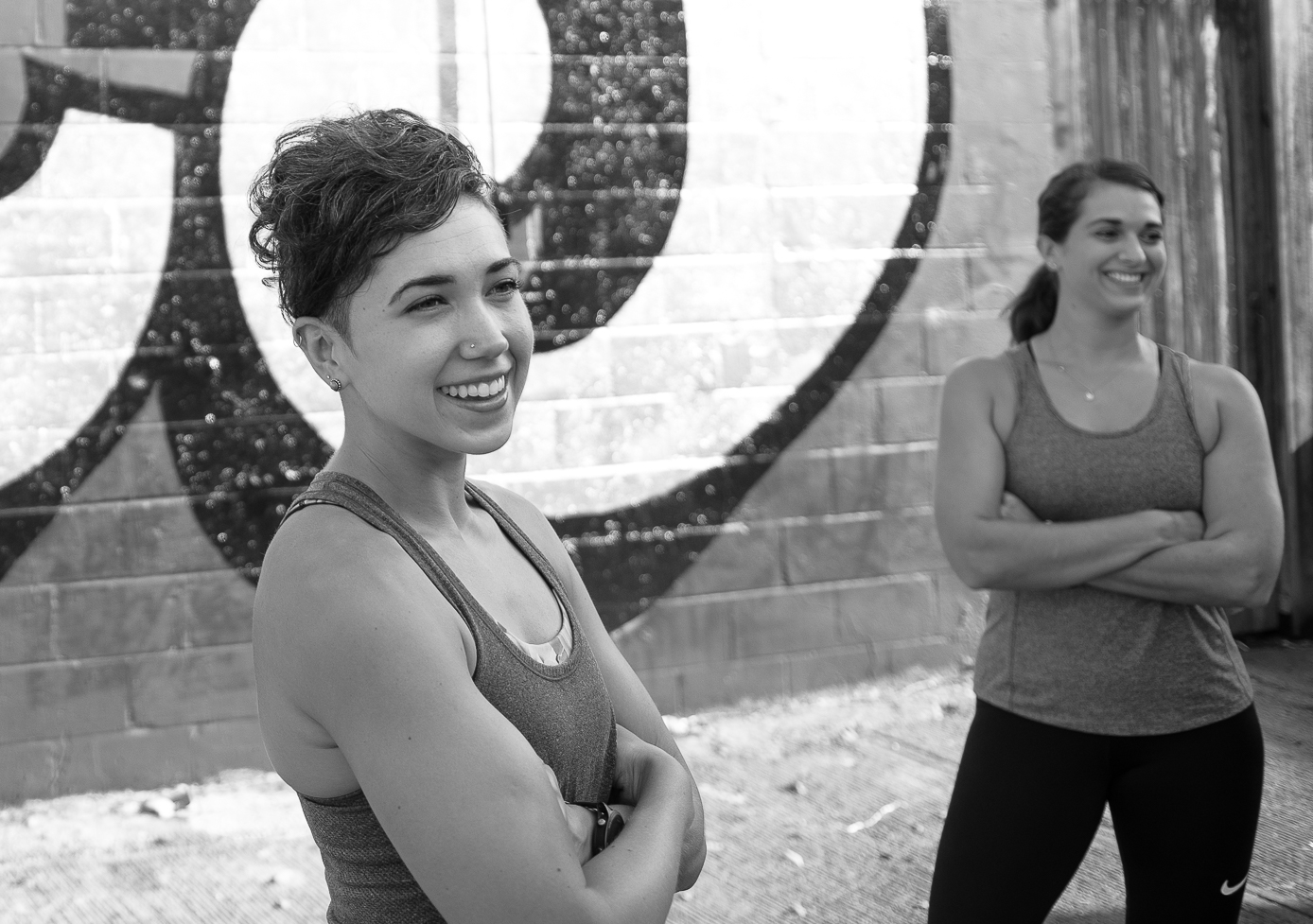Like many runners, I’ve heard the words “strengthen your glutes” more times than I can count. Throughout my running career, I have been told the importance of glute strengthening and how incorporating lateral movements is important to improving running form and preventing injury. However, it wasn’t until I started treating runners myself that I learned the true importance of glute strengthening and hip stability and the impact it can have on running performance.
As a runner, most of my movements are done in the transverse plane. Meaning, my body is working forwards and backwards, but rarely getting activity in lateral or diagonal movements. The more lateral stability we can add to training, the more support and stabilization our body will have when running, especially long distances as the body fatigues. This is where activation and strengthening of the glutes comes in.

The gluteal muscles act as the primary stabilizing muscles to help support the entire lower limb while running. These muscle groups lie on the back and sides of the pelvis and work together to extend the hip to propel the body forward in order to promote a powerful stride. They also work to support the femur and prevent the knee from caving inwards when striking the ground. If not activating properly, weak or lazy glutes can cause compensations and malalignments at the hip, knee, ankle, or foot during a normal running stride. Over time, this may lead to a higher potential for injury. Common running injuries including trochanteric bursitis, patellofemoral syndrome, iliotibial band syndrome, plantar fasciitis, and Achilles tendinopathy have all been correlated to decreased firing of the glutes.
To improve gluteal strength during training, I like to work all parts of this muscle group at the same time, both the gluteus maximus and the gluteus medius and minimus. The gluteus maximus makes up most of the muscle mass of the glutes and is importance for extending the leg backward when running. The Gluteus Medius and Minimus act as the prime lateral movers for the legs and help to maintain a neutral base while running. These muscles help to limit side-to-side motion when running and prevents the hip from dropping. Strengthening all of these muscle groups should be done in both open and closed chain positions to help strengthen in all functional positions in order for the body to translate the activity to running. If you have difficulty activating your glutes during an activity, it is easiest to start with an exercise that isolates the muscle without allowing other muscle groups to help during the activity.
Exercises to strengthen glutes include:
- leg raises to the side
- clamshells
- lateral lunges
- squatting
By incorporating more gluteal strengthening into your weekly exercise program, you can help optimize proper running form, increase stability, and diminish the chance of injury. For great glute strengthening exercises, check out Rose PT’s YouTube channel or Facebook page!! Rose Physical Therapy has locations at Dupont Circle / Farragut Square, and at the Navy Yard metro stop by Nationals Stadium in the Capitol Riverfront neighborhood.



